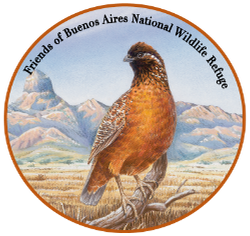Friends of Buenos Aires NWR Newsletter Winter 2024
Environmental Education Programs in Arivaca
The Friends of Buenos Aires National Wildlife Refuge (BANWR) sponsored four environmental education programs this winter in the town of Arivaca. The first one, with 64 people in attendance at the Gathering Space was a presentation on venomous snakes by Ed Cardwell. The rest of the programs were held at the Dance Hall in Arivaca. On December 10th, Sky Island Alliance told 38 people about the importance of our sky islands and the animals that live there, especially along the US-Mexico border and the impact of the border wall on the wildlife. On January 20, biologist Vincent Pinto discussed Monsoon Madness and the profusion of life that comes with the seasonal rains. On February 3, Julia Guglielmo from the Altar Valley Conservation Alliance gave a presentation on the work they are doing to conserve the soil, grasses and water of the Altar Valley.

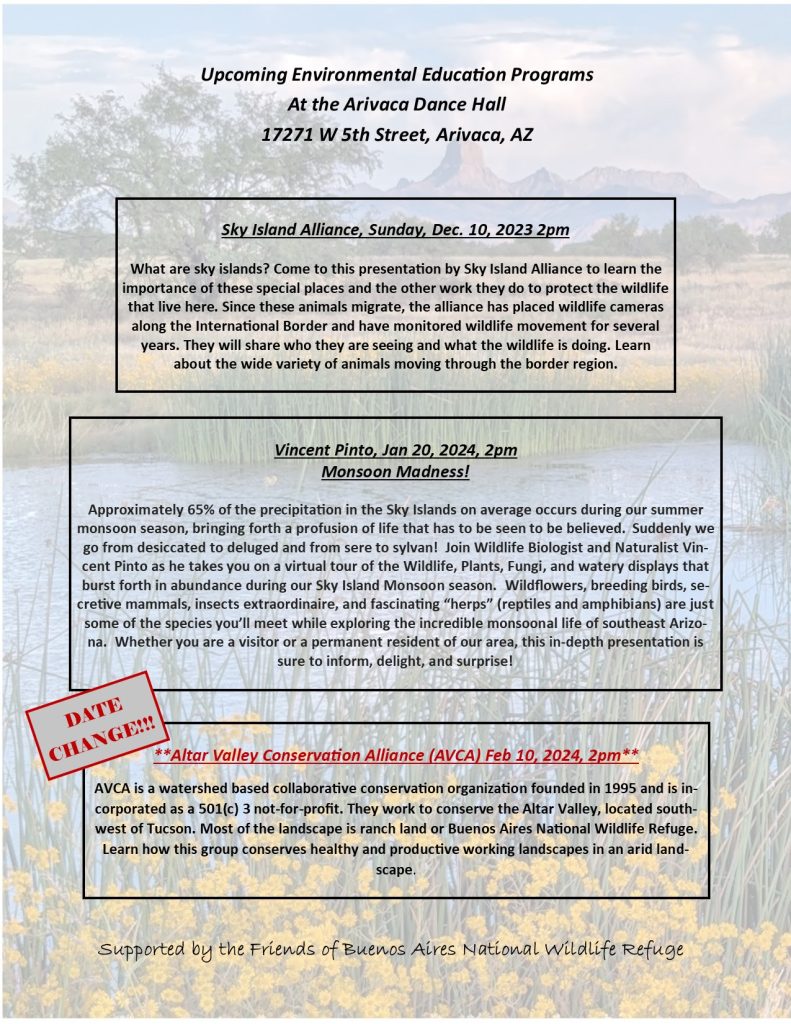
Barbed Wire Fences Coming Down
When the refuge was established in 1985, there were about 200 miles of interior barbed wire fences which were a hazard to deer, pronghorn, javelina, and other wildlife. Today, thanks to the efforts of the Friends group and numerous volunteers, less than 20 miles of fencing remain. This is an amazing accomplishment. In the future, in addition to removing the remaining barbed wire, Friends of BANWR and our volunteers will begin repairing boundary fences to help neighboring ranchers keep their cattle on their land. One of the reasons for this is cattle can damage the delicate wildlife drinkers that have been placed around the refuge for birds and mammals.
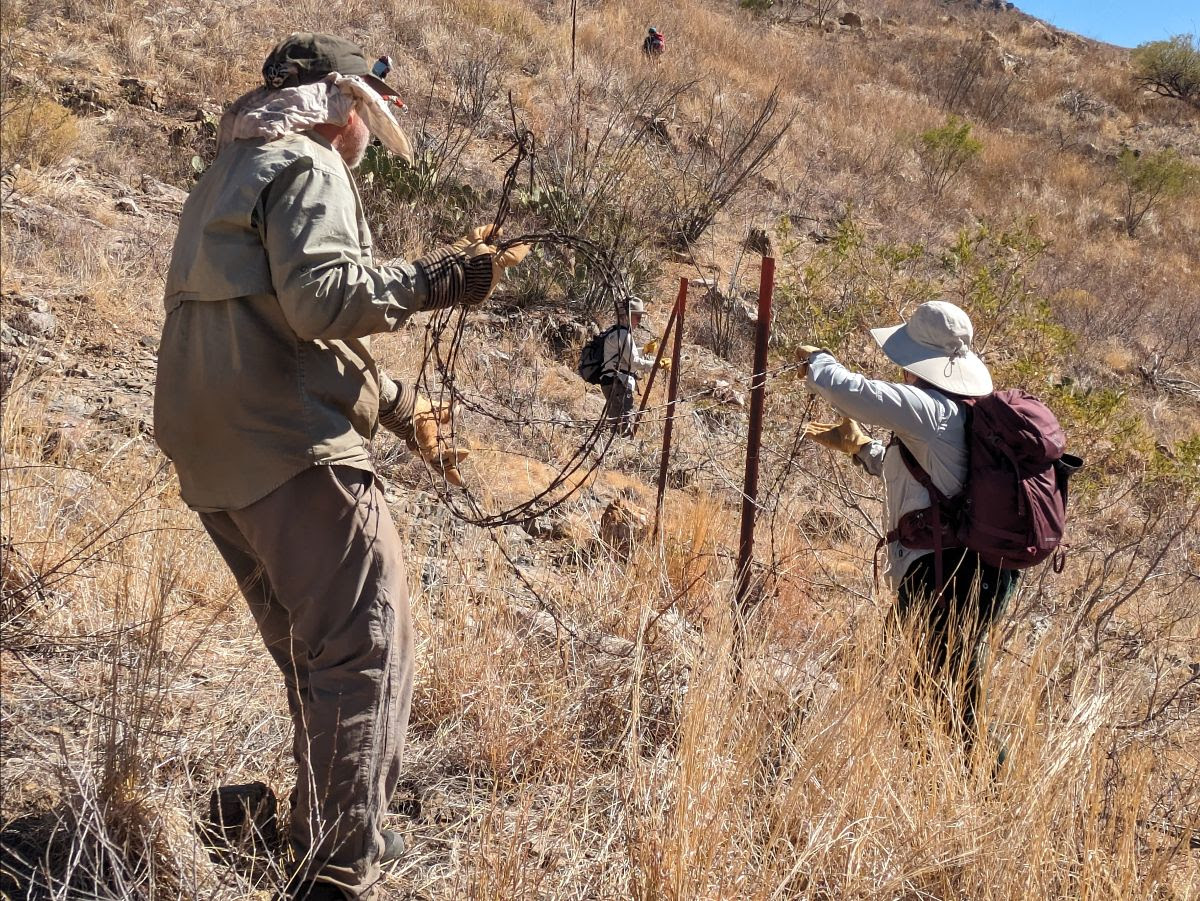
Wilderness Volunteers At BANWR
Fourteen participants from Wilderness Volunteers, a nonprofit group that sends people out to work on public lands across the US, took down 7,600 feet of barbed wire fence during the first week in November, 2023. Participants came from Illinois, Arizona, California, and even the Netherlands to work on the refuge. One of the fences was 1,600 feet on a mountainside in Brown Canyon and the second was 6,000 feet over rugged terrain in the south end of the refuge. Now, those sections of BANWR are much safer for the wildlife that live there. We thank Wilderness Volunteers.
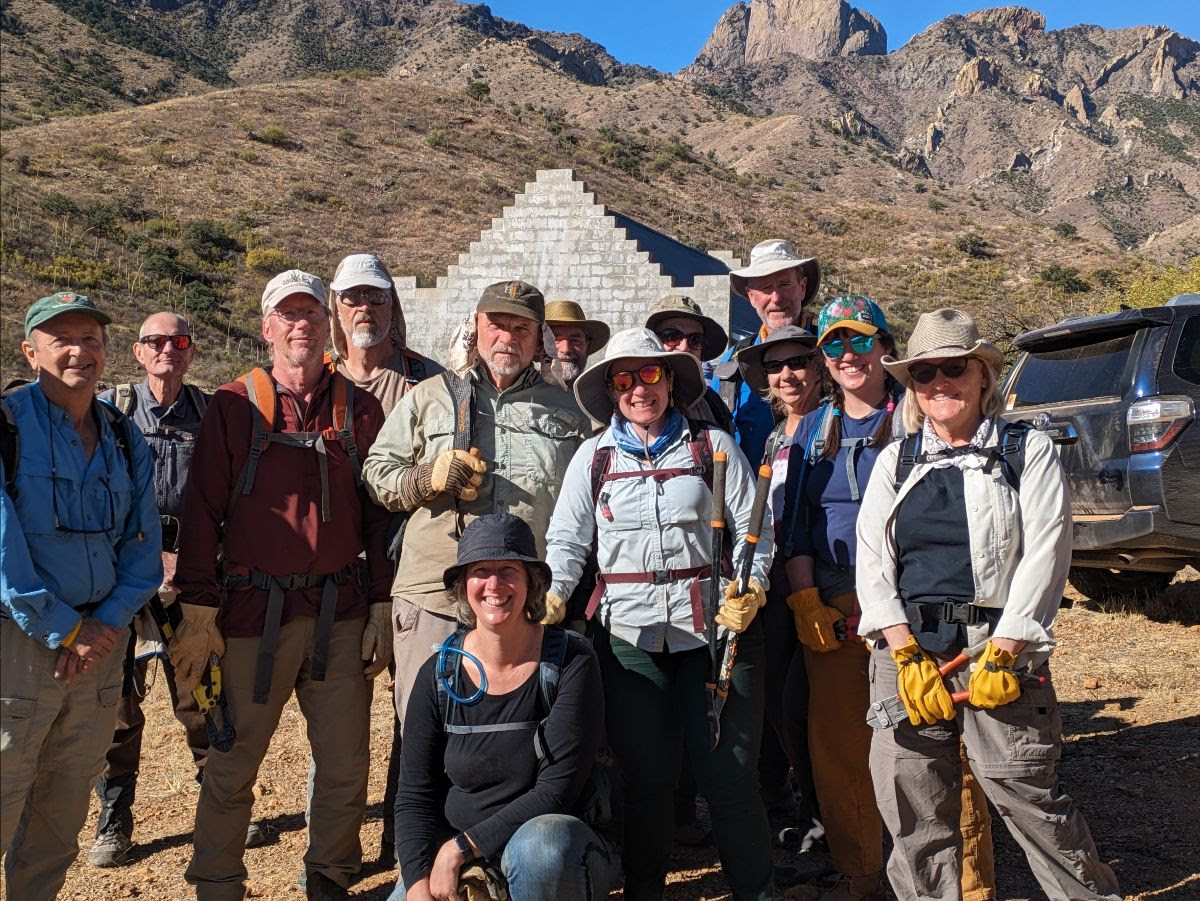
Eliminating Death Pipes
Tucson Audubon is supporting the closing of “death pipes” by a paid staff person. These open pipes serve a variety of purposes across the state, from functioning as fence posts and gate anchors to signposts or markers for boundaries and mining claims and they are all dangerous to wildlife. According to Tucson Audubon’s blog: “Small animals, reptiles and birds can become trapped inside them when seeking a place to nest, hibernate, or roost. Unable to climb the smooth surface of the pipe or spread their wings, all of this wildlife eventually die a slow agonizing death. Some of the most commonly affected species include bluebirds, flycatchers, woodpeckers, sparrows, shrikes, kestrels, and even owls. Lizards, snakes and small mammals can also be victims.” Tucson Audubon is interested in capping these pipes at the Wildlife Refuge. In the meantime, they are capping pipes on city, county and state land. The process is to roll up a small section of cardboard and stick it into the pipe just below the top. Then pack concrete onto the cardboard and mound it over the top of the post creating a mushroom shape. The cardboard supports it till the concrete dries. One pipe at a time, these pipes become safer for wildlife.
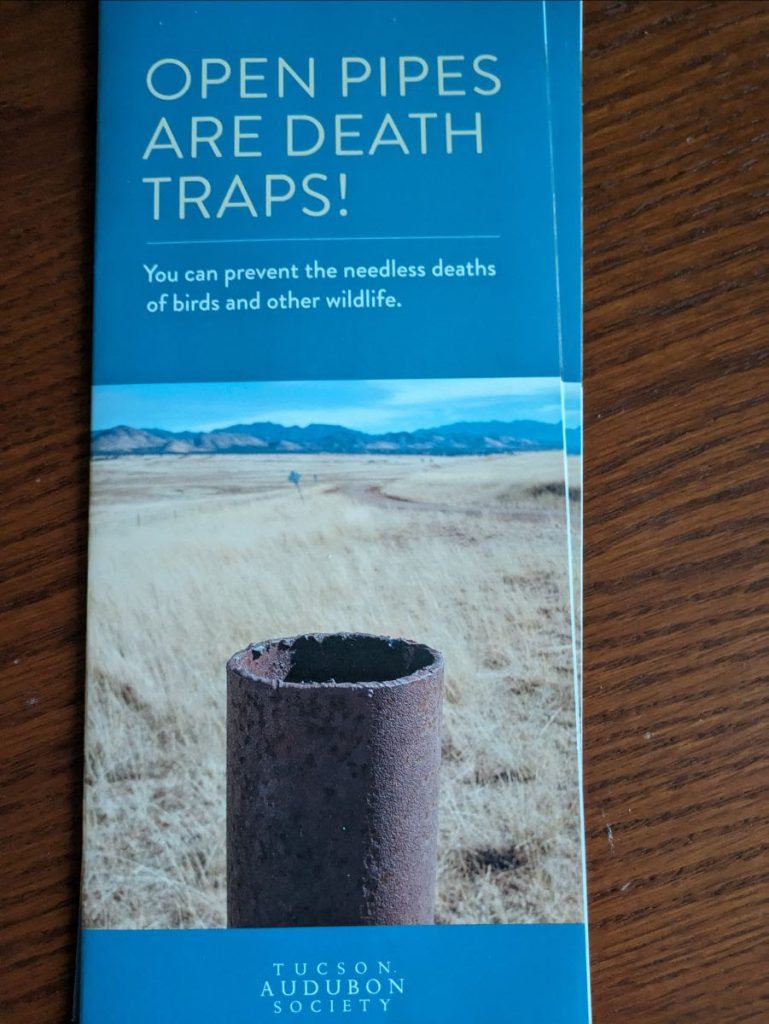
Wildlife on the Refuge – Mountain lions
Buenos Aires National Wildlife Refuge has one of the largest populations of mountain lions in the state of Arizona. Although the chances of actually seeing one is small, it is possible, especially at dawn or dusk on the refuge. If you are hiking and encounter a mountain lion, there are several things you should do. For one, never turn and run but slowly back away from the area. Try to appear larger. Raise your arms or open your jacket if you are wearing one. The idea is to convince the animal that you may be a threat to it. And fight back if attacked. But count yourself very lucky if you do see one of the refuge’s mountain lions, hopefully from a distance.
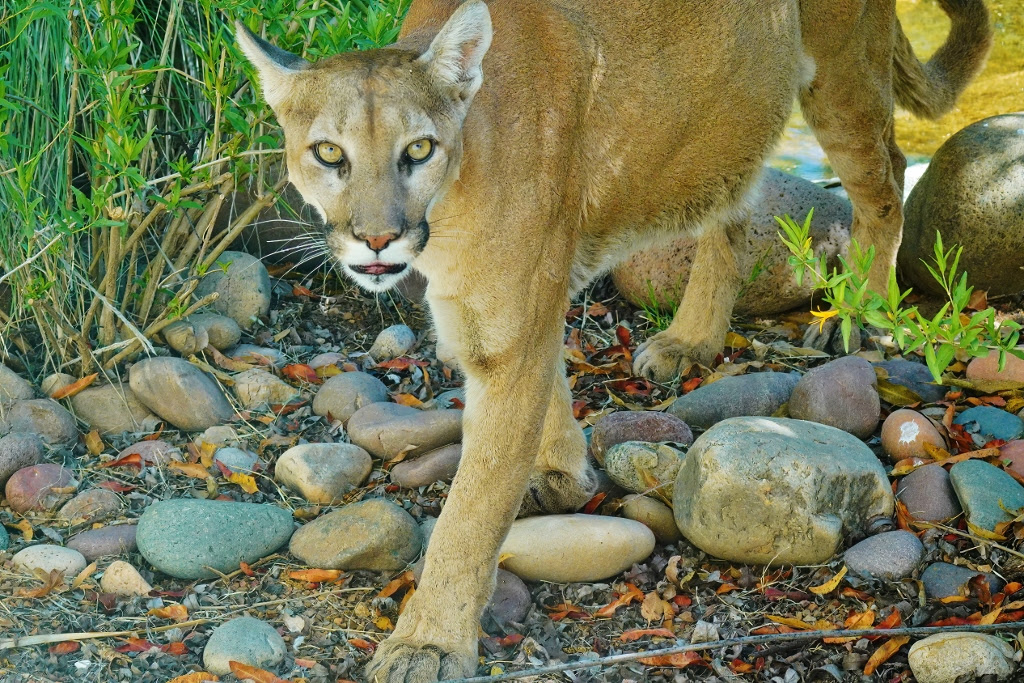
Cleaning Up Highway 286
Take a walk along highway 286 and gather trash on Saturday, January 27, 2024. This will be the 8th year that area ranchers coordinate volunteers from many groups to clean up trash on State Road 286 from Three Points to the International Border. Each year, the Refuge removes trash from MP 6-12 and we would love to have your help. The road runs through 24 miles of BANWR, where litter is unsightly as well as dangerous to the refuge’s wildlife. If you can participate, please email Reta at [email protected] to let her know you are coming. We will meet in the dirt area on the west side of the highway across from the paved Buenos Aires entrance road just south of MP 8. Gather at 9am on January 27. There you will be assigned your area and given trash bags and pickers. This is the only Adopt-a-Highway event in the country to clean an entire highway (45 miles) from one end to the other. You don’t want to miss that, do you?
Rock Work by Four Wheel Campers
On March 9th and 10th, 28 volunteers with FWC did erosion control on the Ranch Loop Trail by doing rock work. Thank you to the Refuge maintenance crew for placing the rock at each work site and to Devin Williams for drawing the outlines of the work. Friends of BANWR hired Kyle Thompson to teach us how to place the rock to slow the water, trap sediment and encourage the growth of whatever seeds lodge between the rocks. Next time you walk the Ranch Loop, notice the number of rock armoring that were added by this enthusiastic crew. Manager, Rich Albers worked with the crew for part of Saturday.
